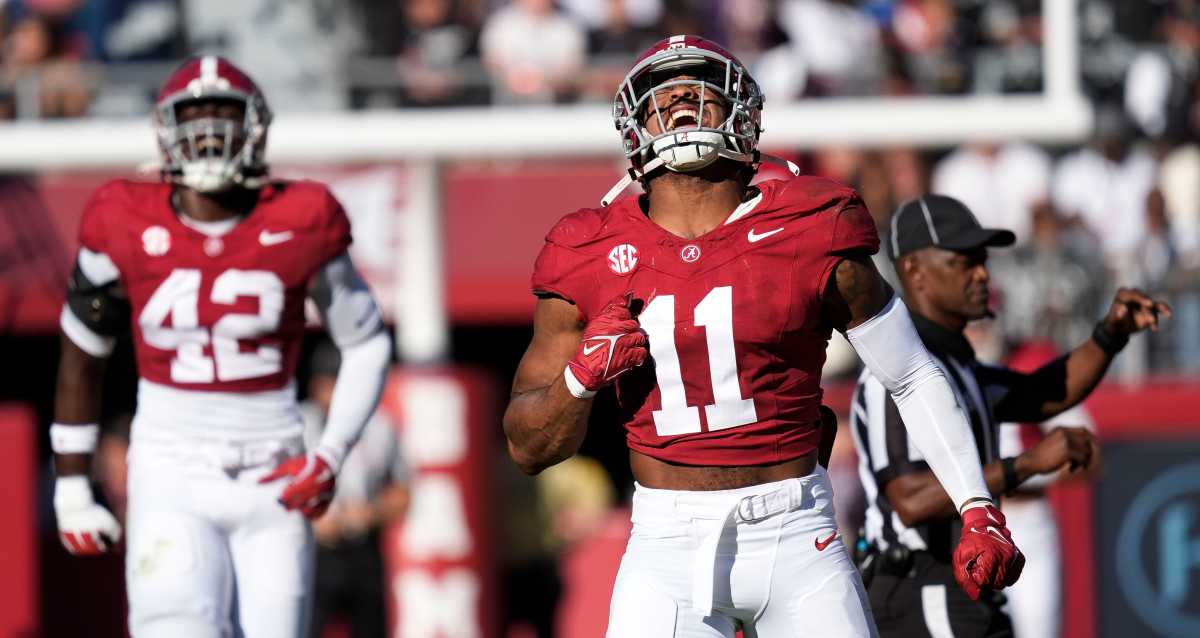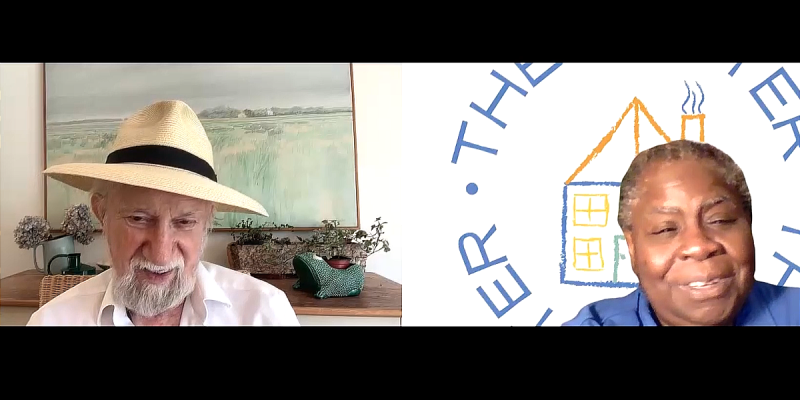 Tom Hanks (next to Rebecca Williams) won his second Oscar for playing sweet simpleton and chocolate enthusiast Forrest Gump.
Tom Hanks (next to Rebecca Williams) won his second Oscar for playing sweet simpleton and chocolate enthusiast Forrest Gump.
Credit: Paramount Pictures
In 1994 the movies belonged to “Forrest Gump.” It was the year’s highest grossing film, narrowly besting “The Lion King,” and was at one point the fourth highest biggest moneymaker in film history. It took home six of the 11 Oscars for which it was nominated, including Best Picture and Best Actor — Tom Hanks’ second consecutive win, after “Philadelphia.” Its soundtrack, littered with recycled hits from the ’60s and ’70s, was a hit too, and the 1986 source novel, by Winston Groom, became a bestseller.
But 20 years is a long time, and one era’s monster hit is another’s “dated” (that awful word) embarrassment. Now that it’s being rereleased in theaters, in a probably unnecessary IMAX redo, here are five ways to look at “Gump” two decades down the line:
 It didn’t take long for some in the critical community to turn on “Forrest Gump,” starring Robin Wright and Tom Hanks.
It didn’t take long for some in the critical community to turn on “Forrest Gump,” starring Robin Wright and Tom Hanks.
Credit: Paramount Pictures
As the victim of a backlash
Anything that has the cultural impact “Forrest Gump” did will attract a backlash. The one it got came harsh and fast. By the time the Oscars rolled around in March of 1995, there were two kinds of Americans: those who embraced “Gump,” with its idyllic view of America during troubled times, and those who were crazy for “Pulp Fiction,” the darker, more original bad boy movie of the year. Quentin Tarantino’s juggernaut wound up having a larger impact on movies and the zeitgeist, creating careers and wave upon wave of imitators.
“Gump” is still beloved; 14th place on the all-time list of popular movies by the Internet Movie Database users (ahead of “One Flew Over the Cuckoo’s Nest,” behind “Inception”) is nothing to sneeze at. But ranking higher are two other 1994 titles: “Pulp Fiction” (#5) and “The Shawshank Redemption” (#1). “Gump” was a critic’s hit upon release too, but retrospective reviews have been less kind. Indeed, it’s become a critical punching bag among the cognoscenti — the film one holds up as the populist hit that quickly turned moldy and insufferable, whose Oscar haul showed how the Academy always gets it wrong.
 Jenny (Robin Wright) chooses the counterculture life and pays the ultimate price.
Jenny (Robin Wright) chooses the counterculture life and pays the ultimate price.
Credit: Paramount Pictures
As a conservative beacon
In Groom’s novel, Gump is a rougher character: He swears, he has sex and he even, briefly, becomes a folk singer along with BFF Jenny. Eric Roth’s screenplay sands Gump down; he becomes the embodiment of all that is decent about America, who chooses to fight for his country while Jenny embraces hedonistic hippiedom and pays a price. The counterculture is depicted as evil; the SDS guy beats women and the Black Panthers are portrayed as scary black men. It’s easy to read “Gump” as portraying that conservative canard about the failure of the hippies to impact the change they sought (though it skips the part where some of them turn into mega-capitalists in the ’80s). For the record “Gump”’s producers claim it’s apolitical, while its reliably liberal star likely disagrees with this reading as well.
 Gary Sinise’s bitter Lieutenant Dan found friendship in a man of the opposite temperament in “Forrest Gump.”
Gary Sinise’s bitter Lieutenant Dan found friendship in a man of the opposite temperament in “Forrest Gump.”
Credit: Paramount Pictures
As a bastardization of a novel
There are a lot of changes from Groom’s novel, some already detailed. But the most dramatic is the physical change. In the book, Gump is 6’6”, 242 pounds; Groom imagined John Goodman for the role. Tom Hanks, meanwhile, is a lean 6’, and though his Gump plays football, just like his literary counterpart, it’s because he can run, not because he can sack players. The book Gump is also an idiot savant, not just an idiot, who can read books (if not remember them well) and who becomes a chess champion. Among the many other unfilmed misadventures he gets into — which would make for a no doubt crazier movie — are him going to space with an ape named Sue, his four year imprisonment by cannibals and him becoming a stunt man and a pro wrestler. Then again, 142 minutes is already pretty long.
As a movie that almost ripped off its author (maybe)
Despite making over $300 million at the North American box office (and over $600 worldwide), Paramount Pictures tried to claim that the film lost money. It was allegedly all so they could shortchange Groom, who would only get a share of the box office if it turned a profit. Groom later claimed this was overblown, and that he had simply had a question about the royalties. He made up with the studio and sold his follow-up novel, “Gump & Co.” to the studio for a seven figure deal. The sequel has never been made.
 Tom Hanks didn’t actually meet John F. Kennedy in “Forrest Gump.”
Tom Hanks didn’t actually meet John F. Kennedy in “Forrest Gump.”
Credit: Paramount Pictures
As a pioneering technological achievement
It doesn’t always seem it, but “Forrest Gump” was a technological miracle — the rare time when it was a drama, not a sci-fi or action film, with radical special effects. Its main achievement was seamlessly integrating modern actors into archival footage. Director Robert Zemeckis had previously blended toons and live action in “Who Framed Roger Rabbit.” Here he had Tom Hanks mill about with John F. Kennedy, moon Lyndon Johnson and set up John Lennon with quips on “The Dick Cavett Show.”
It’s an incredible feat — and also, in a sense, unnerving. Hanks’ costar, Robin Wright, recently starred in “The Congress,” which satirizes the technique of digitally messing with old likenesses. She plays a version of herself whose facial expressions and physical movements have been scanned into a computer, so that animators can create movies that only seem to star her, preserving her youth on screens while the real one ages and decays. “Gump” did a similar thing 20 years ago and in a way that seemed thrilling, not scary. But it made manipulating movie stars, dead or alive, a thing seemed fun and possible, not creepy and unsettling. When “Forrest Gump” itself has passed on into the infinite, lost in some archival mishap, that technological triumph may be its only legacy.
Follow Matt Prigge on Twitter @mattprigge






















